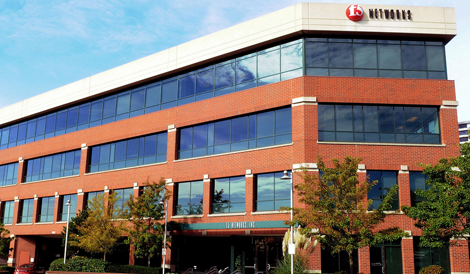F5 has put forward its vision for the future network with its new Synthesis architecture, which it said in line with the software-defined network puts the application first.
And for this reason the architecture has a strong emphasis on security, focussing on distributed denial-of-service (DDoS) attacks.
The DDoS protection solution focuses on the hardware as well as the software.
F5 claims it can protect against 25 attack vectors (paths which hackers can use to gain access to computer or network servers), and covers the entire network, from SSL to DNS and application layer attacks.
The solution allows customers to consolidate multiple traffic management and security functions on to the one device as part of its BIG-IP product suite (covering application management and control.
The solution fits in to F5’s new open Synthesis architectural vision, which is based on open APIs and allows for automatic provisioning and intelligent service orchestration across the network.
It has a key focus on application delivery, using F5’s TMOS platform which draws on BIG-IP with a focus on intelligent network control and ScaleN technology which allows support of up to 1.28m instances with combined throughput of 20.5TB and 9.2bn connection capacity.
F5 said this coupling allows it to extend the reach of its intelligent applications services further into IT infrastructure and cloud environments.
The architecture is can work with existing layer 2-3 networks and also provides support for layer 4-7 services – which allows the network to become software defined.
“A comprehensive set of management and control plane APIs ensures integration and interoperability with SDN and virtualization systems, as well as in the Cloud,” F5 said.
A number of partners have already said they will be working with F5 on the delivery of its new Synthesis vision. These include Nokia, VMware and WhiteHat Security.
F5 EVP of strategic solutions Many Rivelo said Synthesis is designed to meet challenges with scaling networks to meet new demands on the data center.
“With Synthesis we are better aligning around the priorities and deployment preferences of enterprises and service providers to best address the direction IT is headed – billions of users, trillions of internet-connected devices and millions of essential applications,” Rivelo said.
“To support this growth, we view the ability to massively scale services, elastically provision resources, and interoperate with a variety of open and proprietary platforms as non-negotiable.”

